In a magnificent landscaped garden in the center of the biggest metropolis on the planet, we can find one of the most amazing palaces in the world.
Let’s take a closer look at some interesting Tokyo Imperial Palace facts, a must-see building in Tokyo!
1. It’s located in a green area in central Tokyo
The Tokyo Imperial Palace is known in Japan as the “Kōkyo,” which literally translates to “Imperial Residence.” This means that it’s the official residence of the Emperor of Japan, the only head of state in the world who has the official title of “Emperor.”
The palace is situated in the Chiyoda district of Tokyo, one of the central neighborhoods of this immense metropolis. It’s situated within a landscaped park that covers an area of 1.15 square kilometers (0.44 square miles).
This park borders Tokyo Station, which adjoins it to the east, as well as the Tokyo International Forum. One of the most prominent landmarks in the city, Tokyo Tower, is situated about 2 kilometers (1.2 miles) to the south.

2. It was built on the grounds of an immense castle complex
The central location of this landscaped park isn’t a coincidence because it has been one of the most important areas in the city for many centuries. The Imperial Palace was built on the location of the old Edo Castle, an immense fortification of which construction started in the year 1457.
Even though some of the structures from the original Edo Castle still stand today, most of these buildings have been destroyed over the centuries by fire, earthquakes, and war.
The main structure of this castle referred to as the “donjon” but also known as the “keep,” was destroyed during the Great 1657 Meireki fire which destroyed large parts of the city of Edo (which is how Tokyo was called back then). A non-profit called the “Rebuilding Edo-jo Association” has attempted to restore this original keep since 2004.
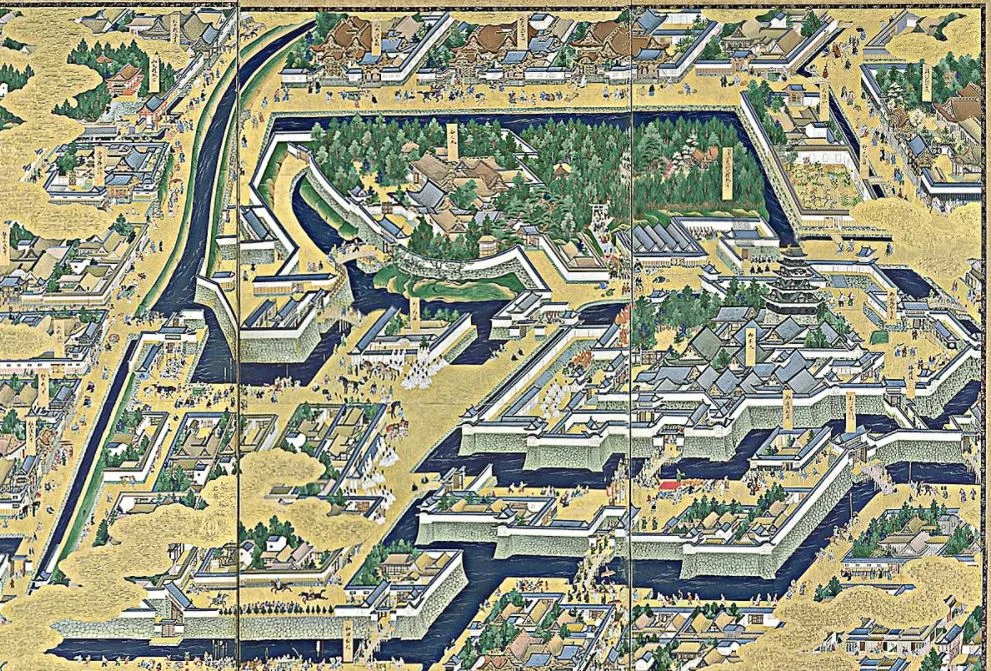
3. Just 3 of the original 11 guard towers still stand
One of the most remarkable Tokyo Imperial Palace facts is that 3 of the original guard towers of Edo Castle are still part of the Imperial Palace complex today.

The most prominent one is called the “Fujimi-yagura,” which translates to the “Mount Fuji-viewing keep.” This fascinating structure was built shortly after the main keep of the castle was destroyed in 1657 and completed in 1659.
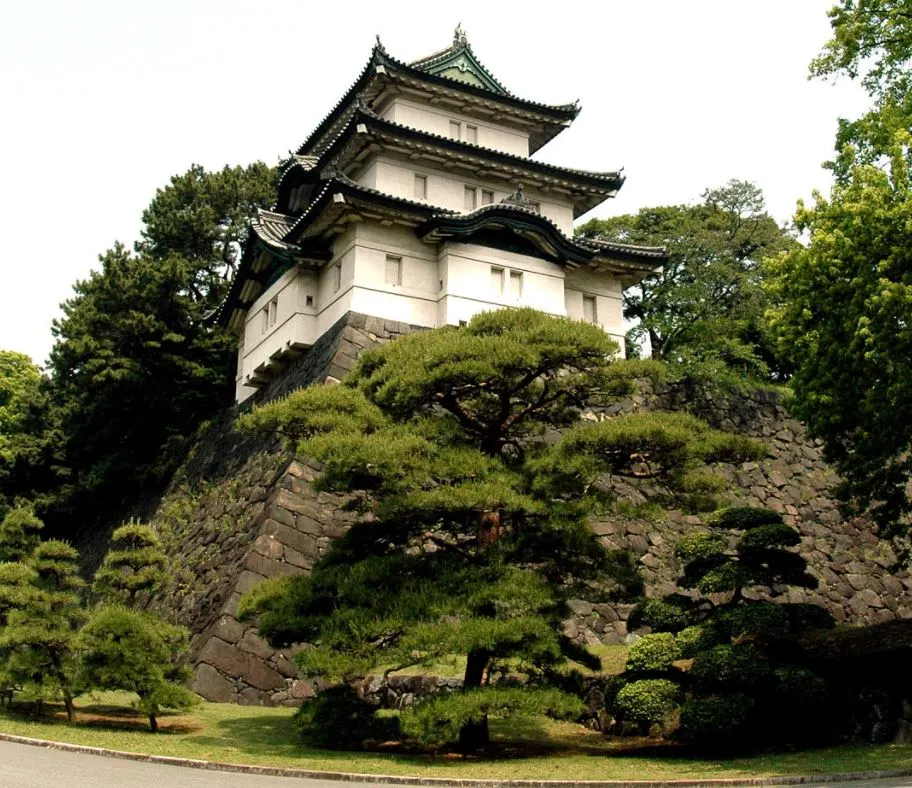
4. The stone bridges over the moat date back to the Meiji period
The military government of the Edo Shogunate, also known as the “Tokugawa shogunate,” occupied the castle between 1603 and 1868, which was the year of the “Meiji Restoration” and the restoration of the Imperial rule in Japan.
During the Meiji Period (1868-1912) or the first half of the Empire of Japan, many of the remaining structures of the Edo Castle were replaced with stronger buildings.
Some of the most fascinating structures that were constructed during this period were the stone and iron bridges over the moat, which replaced the original wooden bridges.
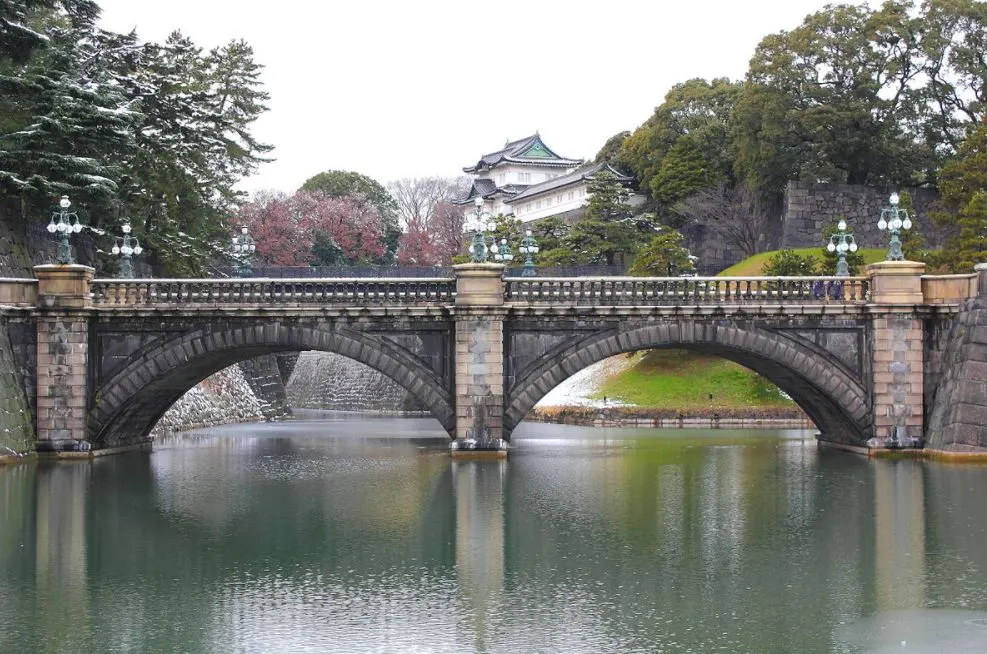
5. Most buildings of the Old Palace were destroyed in 1945
Many new buildings were constructed during the Meiji Period, including a vast space that was used as the main audience hall. This building had a total size of 737.25 square meters (7,935.7 square feet) and was built in the traditional Japanese architectural style.
Remarkably, most of these buildings were still made of wood and only had fireproof roofs made of copper plates. It was only during the Taisho and early Showa Period (1912-1945) that the first concrete buildings were built here.
The Allied firebombing raid on Tokyo on the night of March 9-10 was the most devastating bombing in human history. Not many of the structures on the compound were saved during this event because a special mission specifically targeted the Imperial Palace.

6. The palace had a different name between 1888 and 1948
One of the most interesting Tokyo Imperial Palace facts is that the complex was still referred to as the “Imperial Castle” between 1888 and 1948. It was only shortly after the conclusion of World War II that it was renamed “Imperial Residence” or “Kōkyo.”
Most of the buildings inside the complex date back to the 1960s which was when a large-scale construction project resulted in a wide variety of buildings being built. These included residences, an archive, museums, administrative offices, and a music hall.
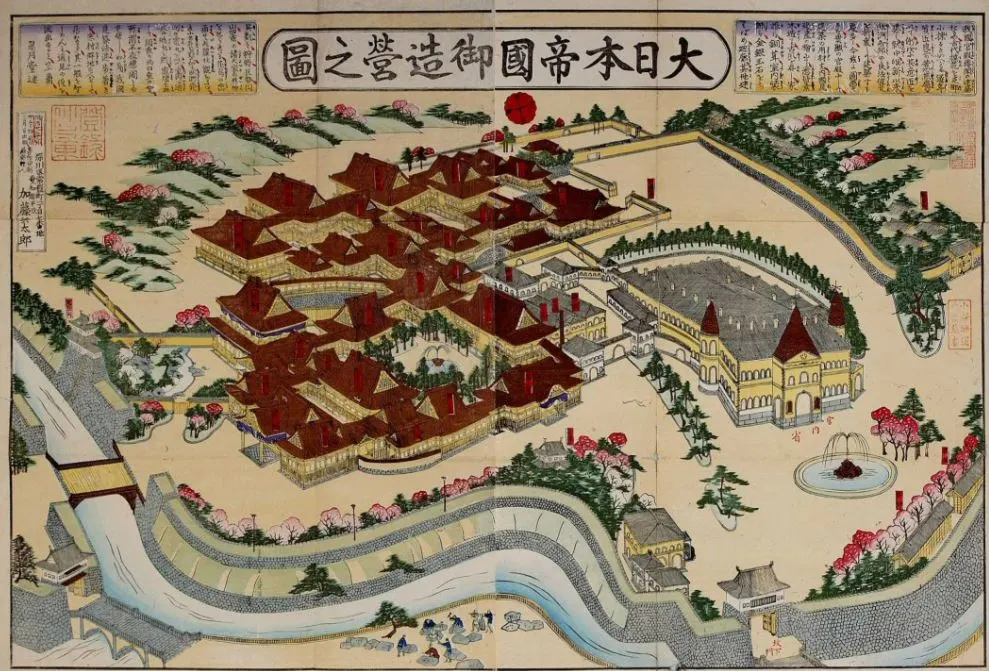
7. The largest building of the New Palace isn’t that big
One of the buildings completed in the 1960s is the largest structure inside the entire complex is referred to as the “Chōwaden Reception Hall.” This is the spot where the Emperor along with his family appears in front of the public every New Year, as well as on his birthday.
Even though this is the biggest building, it’s really not that big, at least not if we compare it with the extravagant sizes of some of the most famous palaces in the world such as the Palace of Versailles or Buckingham Palace!

8. The current Imperial Residence wasn’t completed until 1993
Even though most of the buildings in the compound date back to the 1960s, the actual residence of the Emperor and Empress was only completed in the year 1993.
This residence is referred to as the “Fukiage Ōmiya Palace” and is located in the “Fukiage Garden,” a separate area inside the compound which is only open to the public on special occasions.
The Emperor and his family didn’t always permanently live here because, during construction periods, they sometimes moved to the magnificent Akasaka Palace, one of two official state guest houses in Japan.
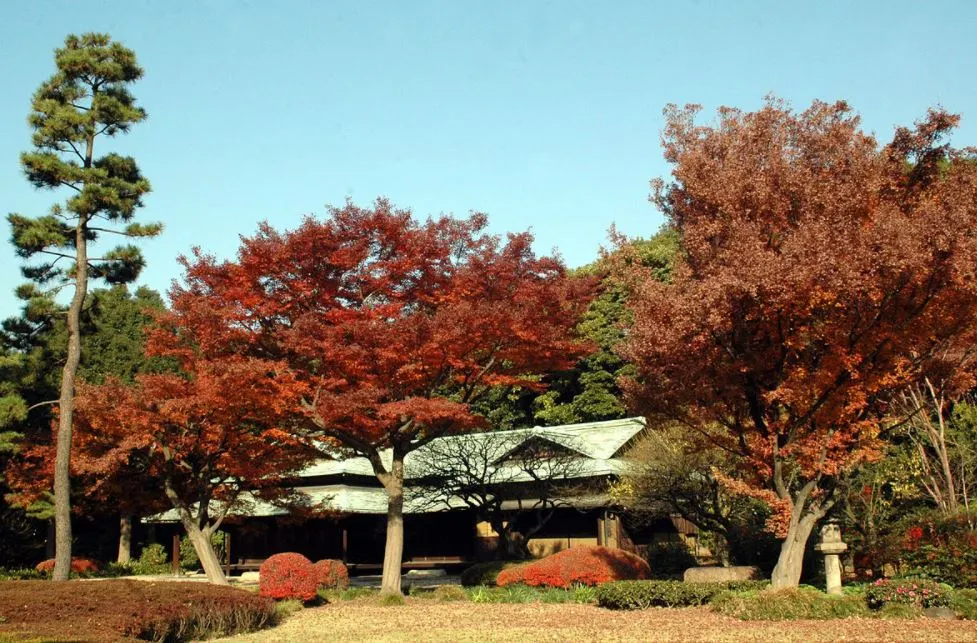
9. The east part of the compound became a public park in 1968
Another important event happened during the 1960s because the entire eastern section of the compound was remodeled and turned into a public park, something that happened in the year 1968.
This park is referred to as the “East Gardens” and covers a total area of 210,000 square meters (2,300,000 square feet). This park and the Imperial Household Agency, one of the few buildings that weren’t destroyed during the bombing in 1945, are the only areas that are permanently open to the general public.

10. One garden features 230 different tree species for a particular reason
One of the most fascinating spots inside the East Gardens is the so-called “Ninomaru Garden,” a small garden that was originally established in 1636 but was completely rebuilt in 1968.
The main attraction in this park is a collection of 230 different types of trees that were donated by each of the 230 prefectures that make up the country of Japan.
This means that this area is a symbolic representation of the entire country, quite a fascinating notion, don’t you think?

